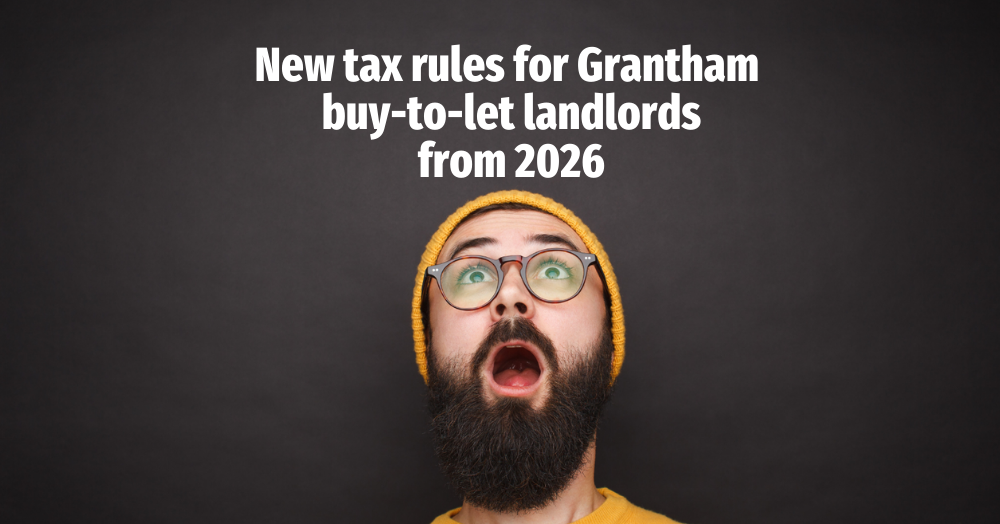What is Making Tax Digital for ITSA?
What is Making Tax Digital for ITSA?
Making Tax Digital for Income Tax Self Assessment, forms part of the government’s plan to digitalise the UK tax system and make it easier to get your tax right.
The first phase of MTD for ITSA will apply from
April 2026. The rules require landlords and those who are self-employed and earning above £50,000 annually to use a compatible software to:
- keep digital records
- submit updates to HMRC.
Landlords and self-employed people earning above £30,000 will follow in April 2027.
This means MTD for ITSA could feel like a big change for those unfamiliar with cloud-based accounting software.
What does MTD mean for landlords?
From April 2026, landlords earning above £50,000 annually will need to change the way they record income and expenditure under Making Tax Digital for Income Tax Self Assessment rules. They will also need to change the way they submit tax returns.
Yearly tax returns will be replaced with:
- four quarterly updates
- an ‘End of Period Statement’ (EOPS)
- a ‘Final Declaration’.
When does MTD for landlords start?
From April 2026, landlords earning above £50,000 from property alone or property and business income will need to follow the MTD for ITSA rules.
From April 2027, landlords earning above £30,000 will also need to follow the MTD for ITSA rules.
For general partnerships, and those earning below £30,000 annually, dates are yet to be confirmed.
How to calculate income for Making Tax Digital for landlords
To calculate income for Making Tax Digital, you’ll need to add together all property and business income. If you earn £50,000 from property alone, or from a combination of property and business, you must sign up for MTD for ITSA.
Landlords who are registered as limited companies should continue to share limited company accounts and company tax returns with HMRC and Companies House.
What information must landlords send to HMRC?
Instead of a single yearly return, you’ll need to send quarterly updates from your MTD-compatible software. Alongside this, you'll need to send an End of Period Statement (EOPS) and a Final Declaration by January 31st following the tax year.
Your quarterly updates should contain details of your income and expenses.
In your EOPS, you need to make any final adjustments to your accounting, claim reliefs, and confirm all information is complete and correct.
The Final Declaration is where you submit relief claims and declare any additional income such as savings and investment income.
How do landlords sign up for Making Tax Digital?
At the moment, you can only sign up early for MTD for ITSA through a recognised provider that offers MTD-compatible software.
If you’re registered for Self Assessment, are on top of your returns and payments, and have compatible software, you can sign up for HMRC’s MTD for ITSA pilot now. How you do this will depend on who your software provider is, so reach out to them if you’re unsure.
Can an accountant sign a landlord up for MTD for Income Tax?
Who does MTD for landlords apply to?
If you’re a landlord earning £50,000 from property, you’ll need to follow the MTD rules from April 2026. Buy-to-let landlords, Furnished Holiday Lettings (FHLs), non-UK property, and commercial property all fall within the scope of MTD for ITSA. Joint landlords must comply with MTD for ITSA where their share of the income exceeds £50,000.
Whether you’re receiving rental income from one property or multiple properties, if it’s more than £50,000 a year in total, you must comply with MTD for ITSA.
In April 2027, the income threshold will be lowered to £30,000, and all landlords earning above this amount annually will need to comply with MTD for ITSA rules.
In what instances does MTD for Income Tax not apply to landlords?
There are a few
exemptions to MTD for ITSA rules. For example, if you receive income from shares in a real estate investment trust (REIT), you will not need to comply with MTD rules.
Landlords who are registered as limited companies need to continue sending limited company accounts and company tax returns to HMRC and Companies House.
How to prepare for MTD as a landlord
The first thing you need to do is get compatible software in place. Once you have MTD-ready software, you can look into signing up for HMRC’s MTD for ITSA pilot, and familiarise yourself with the rules.
Set aside some time to do your accounting regularly. Going from one yearly return to four quarterly updates means you’ll need to submit details of your income and expenses more frequently.
Do I need to register for MTD for Income Tax if I’ve registered for MTD for VAT?
Yes. VAT and Income Tax are two different taxes, so you’ll need to sign up for MTD ITSA separately.
